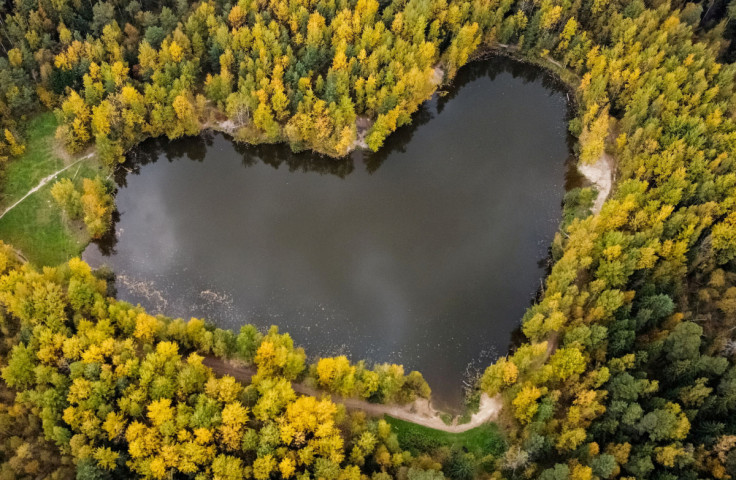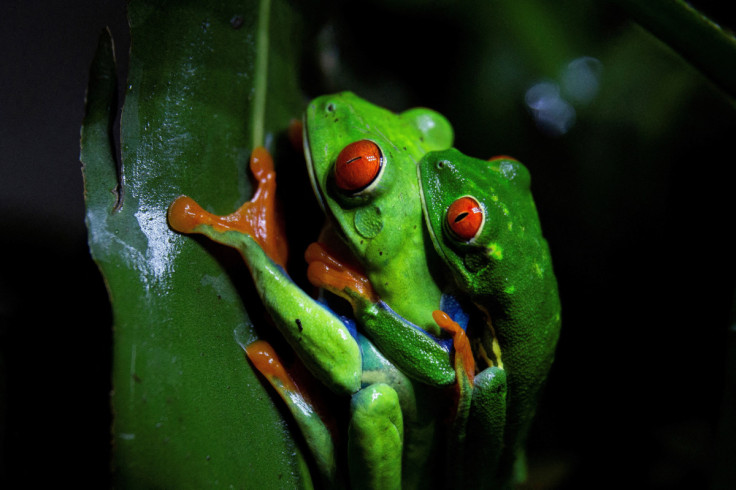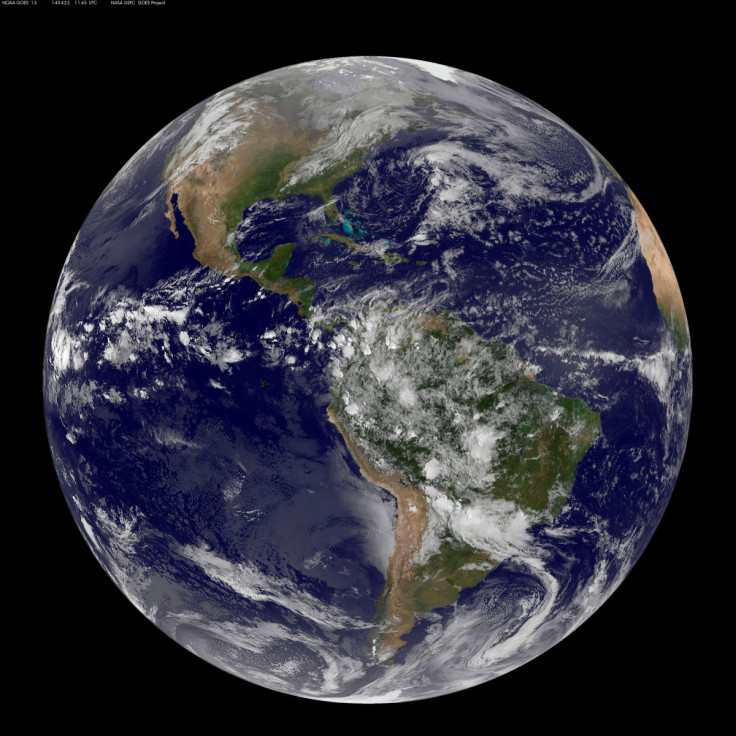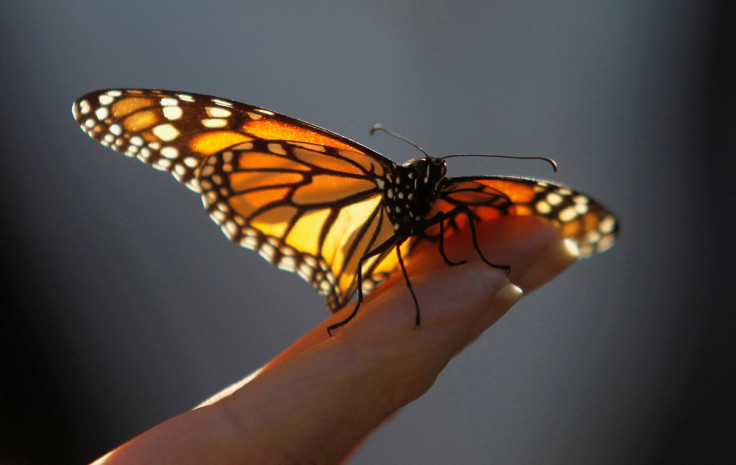Analysis-Protecting 30% Of The Planet To Save Nature Is Not As Simple As It Sounds

From the lush Amazon rainforest to the frigid Arctic Ocean, the world's landscapes -- and all the wildlife they contain -- are under threat, and the world needs to set aside a third of all land and sea territories to save them, U.N. experts say.
The call is central to the global agreement being hashed out this month at the U.N. biodiversity summit in Montreal. If approved at the end of the summit next week, governments would be agreeing to set aside 30% of their land and sea territories for conservation by 2030 - doubling the amount of land area and more than tripling the ocean territory currently under conservation.
More than 110 countries have come out in support of the 30-by-30 goal, including Canada, the United States and France.
Proponents argue that the goal is crucial to reversing the destruction of nature. Currently, more than 1 million species are at risk of extinction, while the global insect population declines at up to 2% every year and about 40% of the world's remaining plant species are in trouble.
But as is often the case with science-based policy, the details matter to whether a 30% global conservation goal can truly save the world's imperiled species and places.
"The danger, as with all these sorts of events populated by politicians, is they want a simple number," said Stuart Pimm, a biologist at Duke University. "They would like to be able to leave Montreal and say we're going to protect 30% of the planet. But that alone is not enough."
IS 30% SUFFICIENT?
This driving question ultimately comes down to quantity versus quality.
There is not a strong scientific argument behind 30% as the threshold for staving off species loss, experts said. In reality, it could take a much greater percentage of land or sea -- or a lower percentage -- depending which areas are selected.
"30% is neither necessary nor sufficient," Pimm said. "If we do things the right way, we protect most biodiversity by being smart -- by protecting the areas that matter."
There is a temptation, he said, to conserve vast tracts of land that are already without many people, but also have relatively little biodiversity, such as the Arctic tundra or Saharan desert.
But it is important to protect areas with lots of different species, known as biodiversity hot spots, even if they are more challenging to conserve because people live there or there are extractive industries.
Protecting narrow slices of land and sea such as Australia's Great Barrier Reef or the Andes mountains, can offer far more reward than protecting large swathes of prairie, for example.
"A numerical target isn't going to work," Pimm said. "If we were to just protect 50% of the planet, and we protect the least populated 50%, it will do very little for biodiversity."
A June 2022 study in the journal Science found that at least 44% of global land area would be needed to protect areas with a high diversity of species, prevent the loss of intact ecosystems, and optimize the representation of different landscapes and species. But more than 1.8 billion people live in these areas.
However, co-author Hugh Possingham, a researcher at the University of Queensland, noted that "while there is nothing magical about 30% ... targets help focus the attention of nations."
"I see 30% as a goal that most countries can reasonably achieve by 2030," he said, adding some countries, such as Bhutan, had already passed this goal.
A NATIONAL OR INTERNATIONAL TARGET
One of the key tension points that has emerged in the 30-by-30 debate at COP15 is whether the target should be carried out globally or at a national level.
It is an important distinction, scientists and negotiators said. Some countries are small, without much land to set aside for nature. Others are vast and still contain a high degree of biodiversity, such as tropical forest nations like Brazil and Indonesia. Were such countries to protect only 30% of their territories, that could actually result in a significant loss of nature.
"Some ecosystems are more diverse and more fragile," Possingham said. "Places like the Amazon need much greater fractions than 30% to conserve their biodiversity -- and maintain ecosystem functions that stabilize the planet's climate."
Currently, just under 50% of the Amazon is under some form of official protection or indigenous stewardship, so a national pledge to conserve 30% would represent a significant downgrade.
WHAT COUNTS AS PROTECTED?
The other dispute plaguing 30-by-30 is over what should count as protection. Some countries might allow people to live within protected areas or promote indigenous stewardship of these lands. Some might even allow for extractive industries to operate under permits and regulation. In other cases, conservation areas are off limits to everyone.
The European Union has proposed allowing activities like logging, mining and fishing to be carried out under conservation management for 20% of protected areas, while 10% would be held under stricter protections.
The idea caused environmental nonprofit Greenpeace to accused the EU last week of trying to water down language on 30-by-30, which the EU denied.
"Whatever activity is eventually happening in those areas, it should not harm biodiversity and the functioning of the ecosystem," said Ladislav Miko, a special biodiversity envoy from the Czech Republic with the European Commission, at a news conference last week.
Read more:
EXPLAINER-Why did past targets to protect nature fail over the last decade?
GRAPHIC-How daredevil drones find nearly extinct plants hiding in cliffs




© Copyright Thomson Reuters 2024. All rights reserved.





















